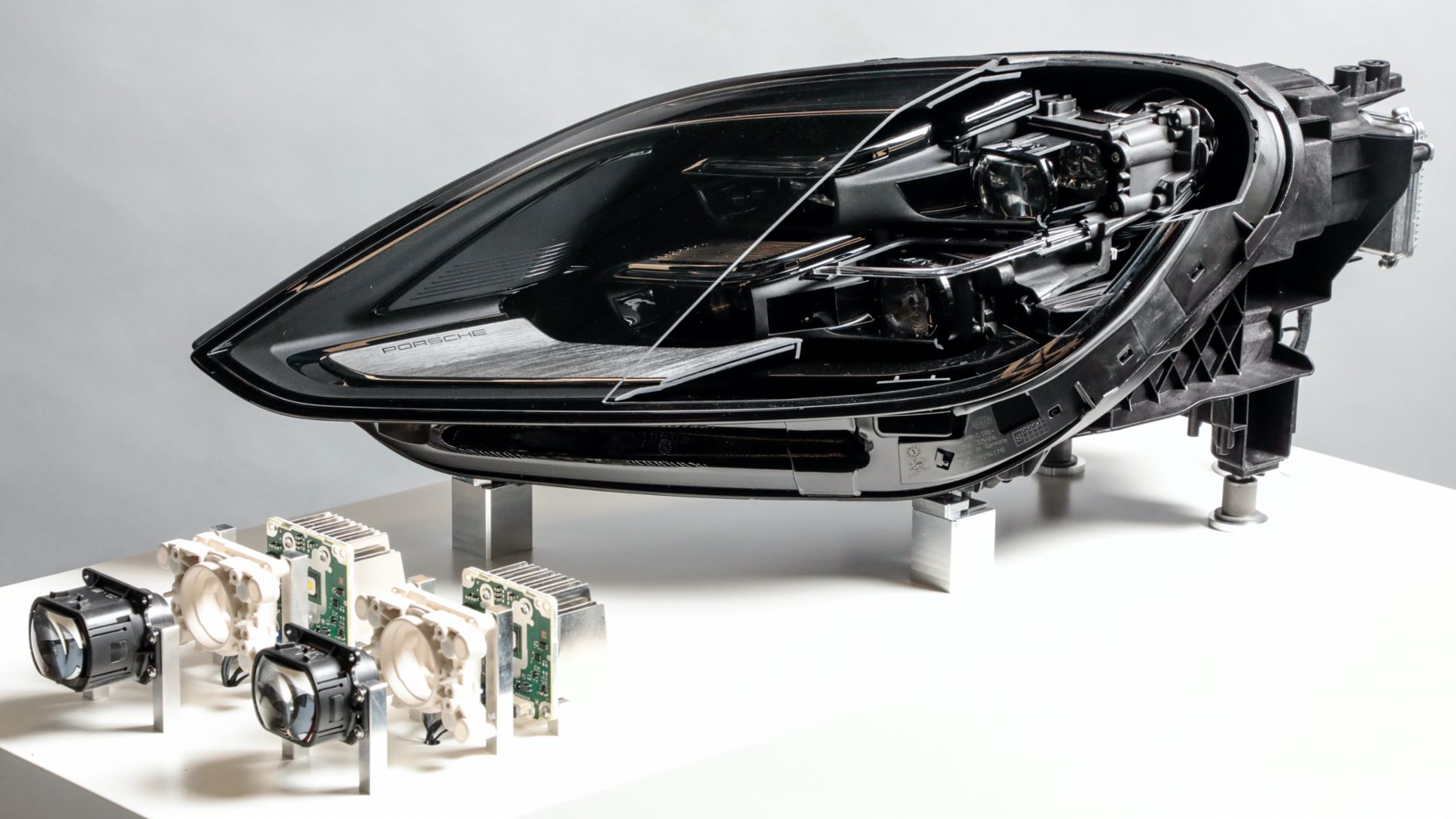Humans “swarm” when they get together on opposite sides of a battle field and prepare to fight. The winner is usually the side with the stronger, smarter technology combined with bravery and a superior strategic battle plan. Now scientists are developing “swarms” of robots to mimic this kind of smart, collective, coordinated behavior. One example is building a base on Mars. If dozens of “Mars Station” modules could autonomously arrange themselves into a structure, it would reduce work to be done by human astronauts.
A Swarm of Robots
Such is the work being carried out at the University of Colorado. Correll Lab (CL), part of the Colorado University Computer Science program, focuses on research to make autonomous robots through the use of intelligent sensing, actuation, computation and communication. CL works on a range of robotic systems from large outdoor robot teams to miniature robots made of smart materials.
The Dropletts
One of its projects, funded by a National Science Foundation grant, is ping-pong ball size robots aka “The Dropletts” with the following characteristics: they run in an arena with a powered floor that also provides bidirectional IR communication with the droplets, unlimited runtime with automatic recharge, omnidirectional motion, directional communication up to 1 m, range and bearing sensing, ability to right itself, droplet to droplet communication and expandable RAM and flash memory.
The system can simulate thousands of Droplets in real time, can run the “Bullet Physics Library” and provides cross-compilation between hardware and simulator.






